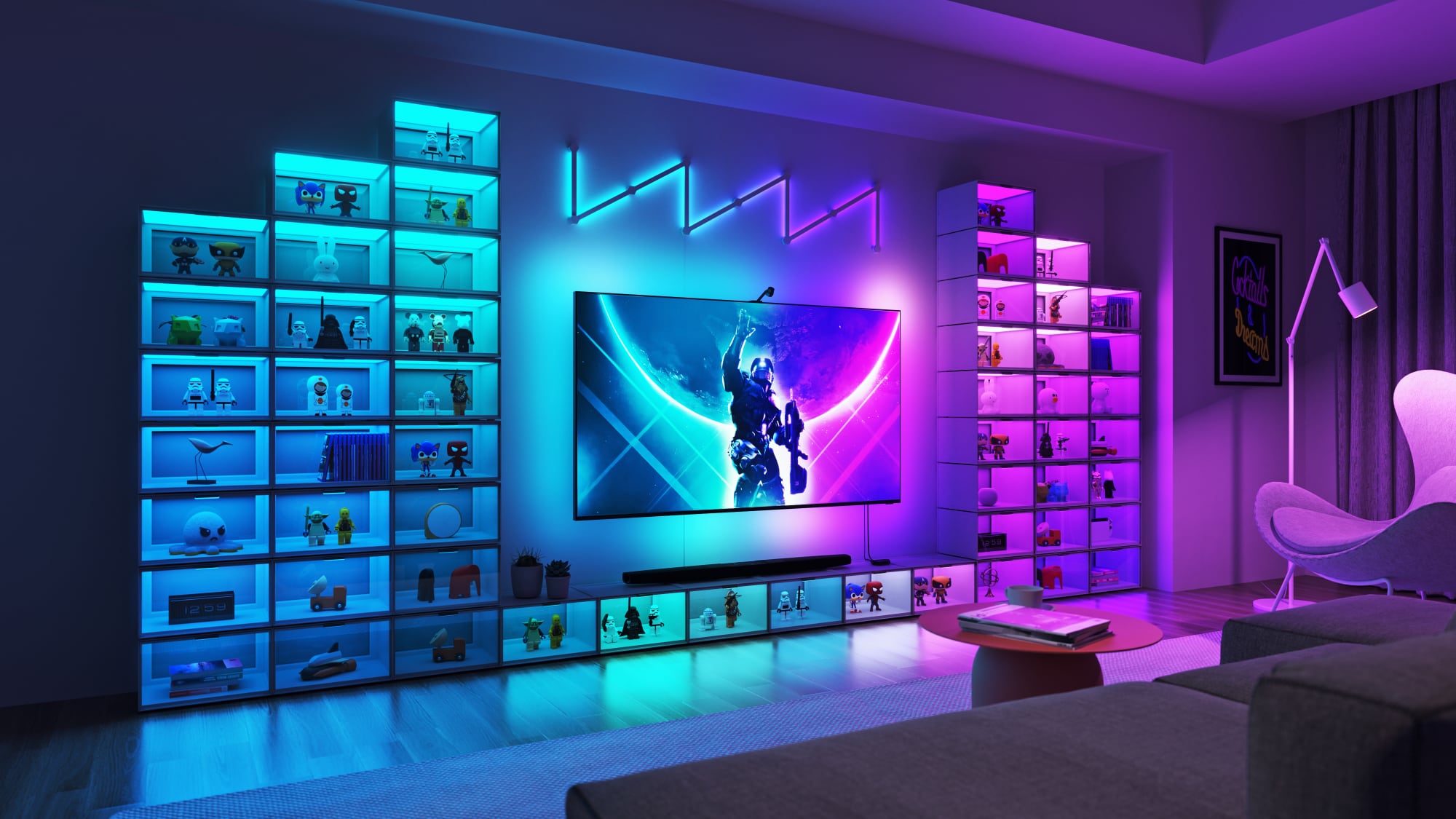Apple M1 Macs and Studio Display now benefit from DIY repairs
Apple has expanded its self-repair program to include more devices, opening it up to encompass some M1-powered Macs and the Apple Studio Display.
The Self Service Repair scheme allows owners of devices to make their own repairs, providing the relevant parts, instructions, and tools to do so. You’ll need to be very confident around tinkering with gadgets, though, to accomplish these repairs in the main.
As Six Colors spotted (via The Verge), from now on, users will be able to self-repair the iMac (M1), Mac mini (M1), and Mac Studio, as well as the Apple Studio Display, alongside the devices that were already included in the scheme (namely MacBooks and iPhones).
As you may recall, Apple recently broadened the horizons of the self-repair program to Europe (including the UK), as to begin with, this was a US-only venture. Sadly, the new devices outlined above aren’t covered in Europe, and only US citizens can currently benefit.
Analysis: Many more options (but some pricey repairs)
Obviously this represents a positive step forward on the PC front for Apple, because as noted, in terms of computers, previously only MacBooks were covered by the scheme.
Presumably, it’ll only be a matter of time before Apple extends coverage for these various Macs (and the display) to Europe. It took just over half a year for the self-repair scheme to arrive in Europe, so we can hopefully look forward to this expansion going live in a shorter timeframe than that.
As we touched on above, this is definitely aimed at tech-savvy Apple device owners, because some of the procedures are going to be pretty tricky indeed, even with full instructions and the correct tools provided. (Those tools can be rented to you, by the way, you don’t have to buy them). For many folks, the most sensible route will be to have Apple enact the repair (or an authorized service provider).
Some DIY repairs can be pricey, too. As The Verge points out, if it’s the screen on your Studio Display which needs replacing, a new one will run to almost $970, though you do get a hundred bucks of that back for the return of the broken screen to Apple afterwards. Also worth noting is that it’s apparently possible to replace a tilt-only stand with a tilt-and-height adjustable model, or the Studio Display repair manual details the procedure for this anyway (or switching one of them for a VESA mount, or vice versa).






